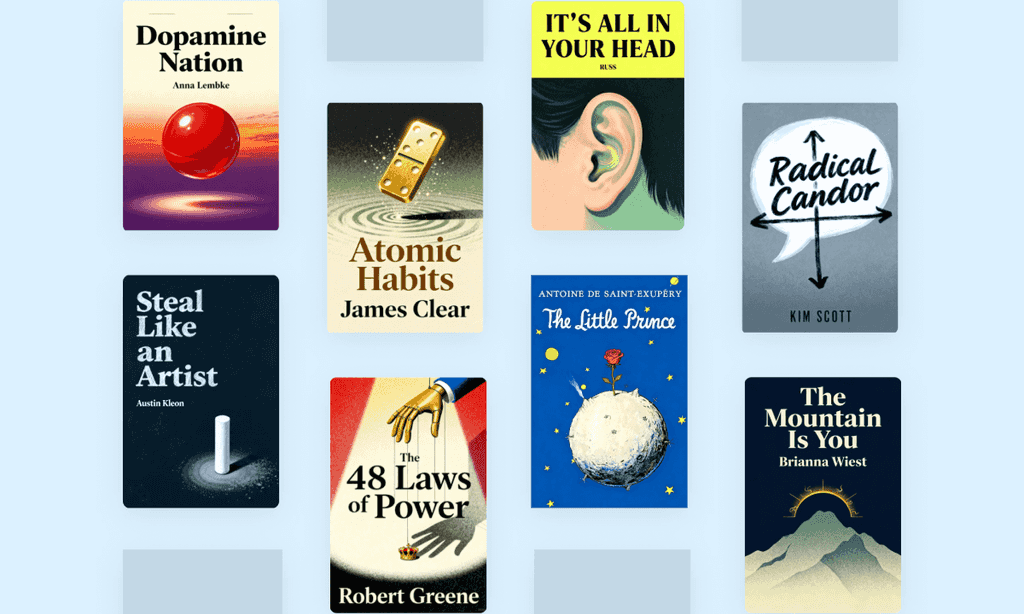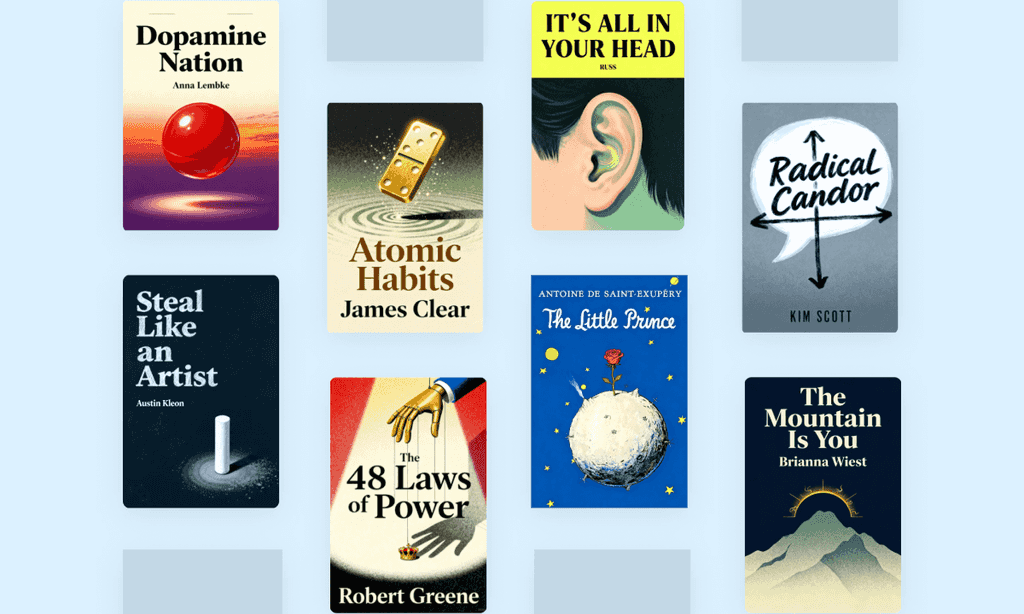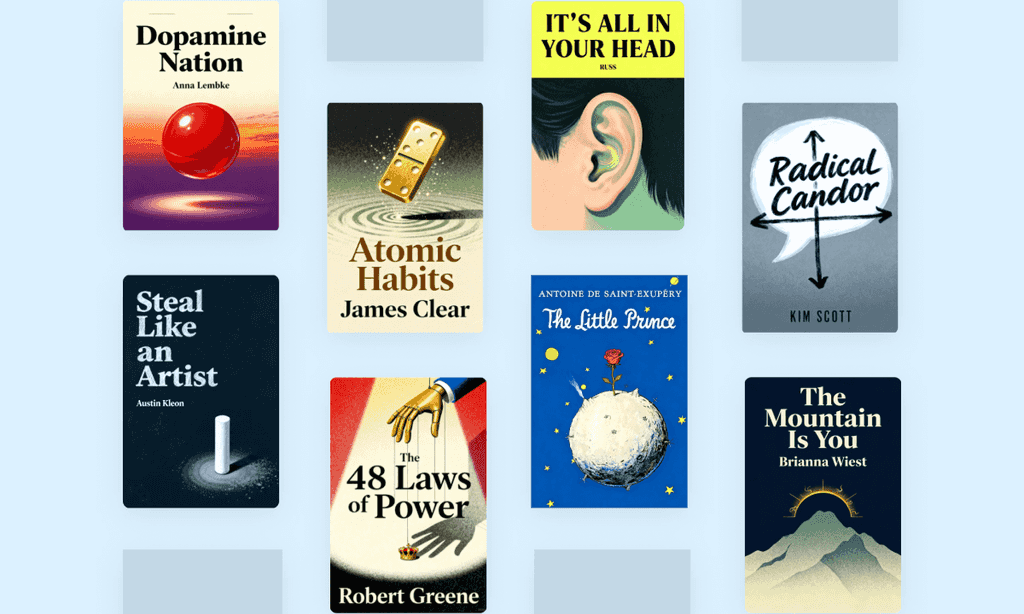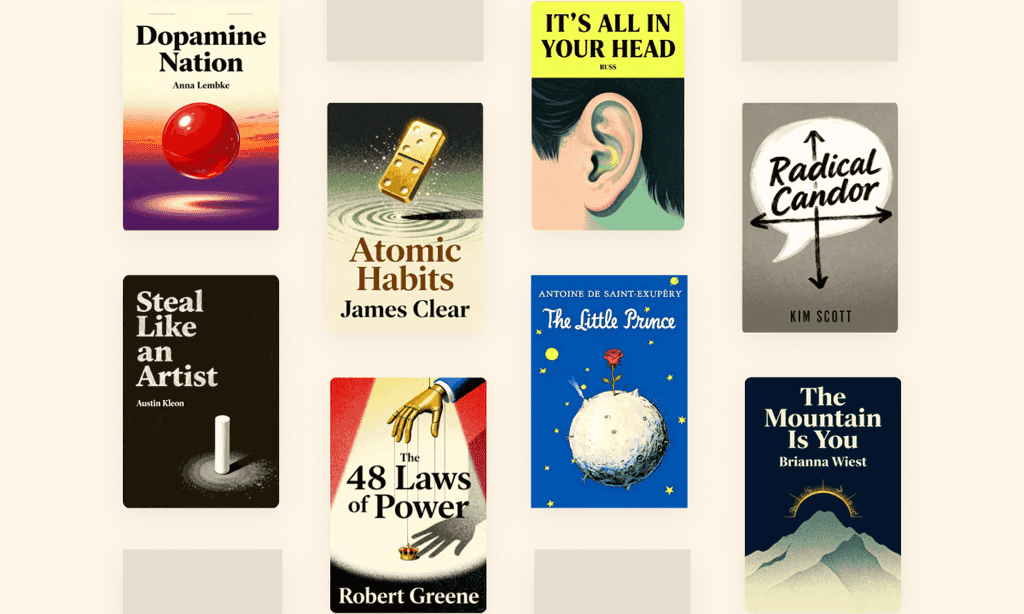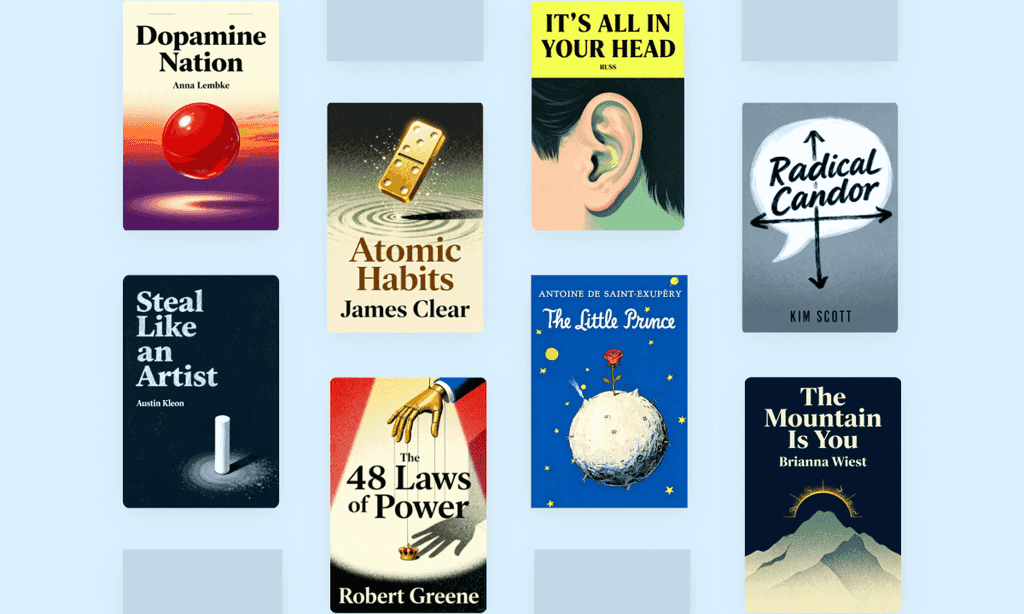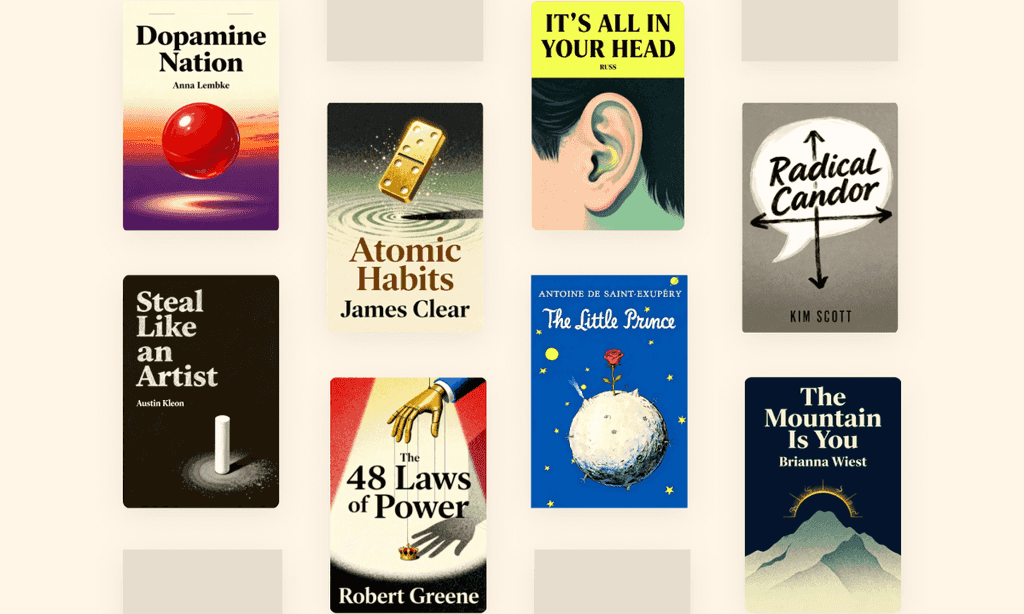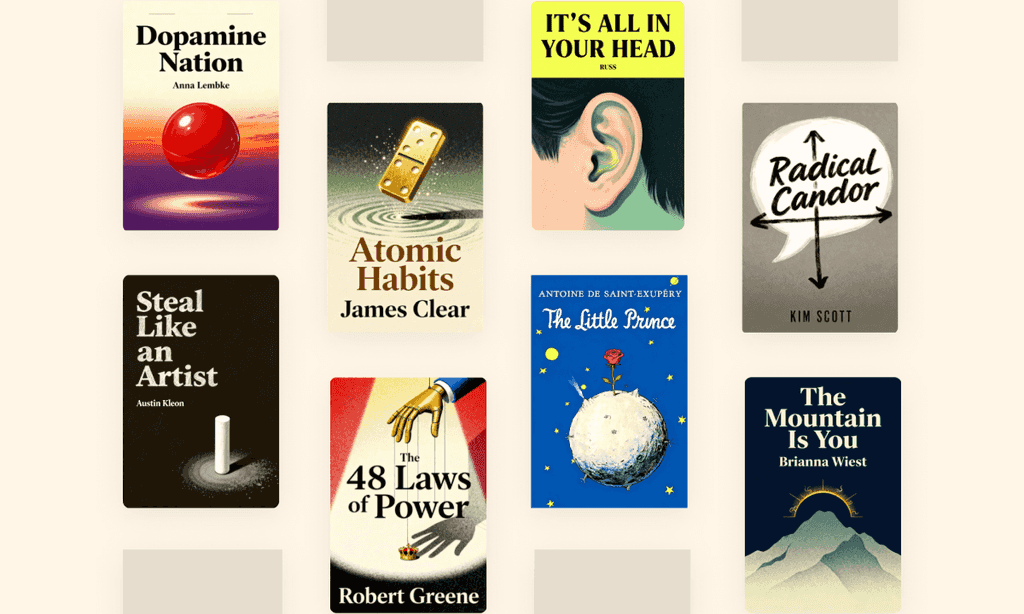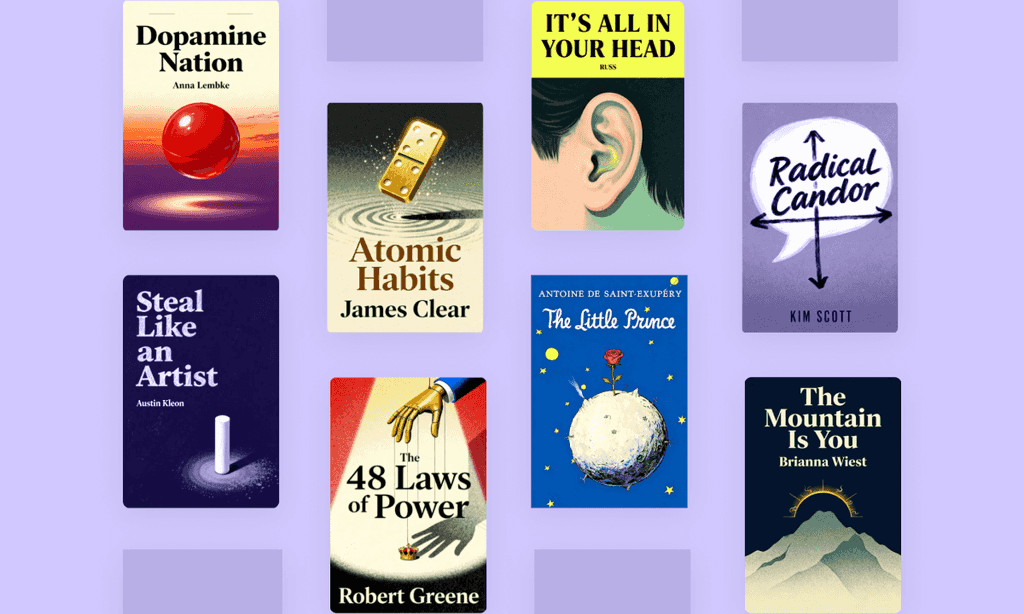
Cashvertising by Drew Eric Whitman Summary
Unlock the psychology of persuasion with "Cashvertising," the 208-page bible that transformed how Fortune 500 companies like Texaco craft irresistible ads. Want to leverage the "Life-Force 8" desires that drive all consumer decisions? This is your ethical roadmap to marketing mastery.
About the author
Drew Eric Whitman is an internationally acclaimed marketing expert and the bestselling author of Cashvertising: How to Use More Than 100 Secrets of Ad-Agency Psychology to Make BIG MONEY Selling Anything to Anyone, a seminal work in advertising psychology.
With nearly four decades of experience as a direct-response copywriter and consultant, Whitman founded Whitman Strategic, advising businesses from startups to Fortune 500 companies like Texaco and Day-Timers.
His expertise in consumer behavior stems from hands-on agency work and global speaking engagements where he reveals proven psychological techniques to boost advertising ROI. Whitman further explores sales psychology in Brain Scripts for Sales Success and distills his strategies into the graphic novel Smashvertising.
Cashvertising, translated into 11 languages with over 1,500 five-star reviews, remains the highest-rated book in its category, cementing Whitman’s reputation as a master of persuasive communication.
FAQs About This Book
Cashvertising by Drew Eric Whitman teaches 100+ psychology-driven advertising strategies to sell products effectively without large budgets. It focuses on consumer decision-making, headline crafting, and leveraging eight core human desires. The book blends copywriting techniques, design tips, and real-world examples to help marketers create persuasive ads.
Entrepreneurs, small business owners, and new marketers will benefit most from Cashvertising. It’s ideal for those learning copywriting basics or seeking actionable ad-psychology tactics. Veterans may find some strategies outdated but can still gain insights into timeless persuasion principles.
Yes, Cashvertising remains relevant for its psychology-based frameworks, though some examples (e.g., magazine ads) feel dated. The core principles—like tapping into human desires and writing compelling headlines—apply to modern digital marketing. It holds a 5-star Amazon rating for its actionable advice.
The “Life Force 8” desires driving consumer behavior are:
- Survival and life extension
- Enjoyment of food/drink
- Freedom from fear/pain
- Sexual companionship
- Comfortable living
- Superiority/winning
- Protecting loved ones
- Social approval
Whitman advocates a three-step headline formula:
- Grab attention (e.g., “GIANT FILM SALE!”)
- Select the right audience (e.g., “For Photography Enthusiasts”)
- Highlight the core benefit (e.g., “25% Off This Week”)
Short headlines (5-6 words) are preferred for higher readership.
Yes. The book specifies:
- Fonts: Use serif fonts (e.g., Times New Roman) for print, sans-serif (e.g., Arial) for digital.
- Colors: High-contrast combinations (black/white) boost readability. Red triggers urgency, blue builds trust.
Longer copy often outperforms short ads because detailed explanations activate the “Length-Implies-Strength” bias—readers assume thoroughness equals credibility. Example: A 2,000-word sales letter with product specs builds trust better than a 200-word summary.
Critics note:
- Dated examples: Relies on pre-social media case studies (2008 original publish date).
- Oversimplification: Veterans may find tactics too basic.
- Repetitive structure: Later chapters rehash earlier content.
While both teach persuasion, Cashvertising focuses on ad psychology and desire-driven messaging, whereas Copywriting Secrets emphasizes modern frameworks like storytelling and email marketing. Whitman’s book is better for traditional ads; Edwards’ for digital channels.
“Your ad should be a summary of what your product will do for them.” This underscores the book’s emphasis on customer-centric messaging over creative flair.
Yes. Principles like desire-based headlines (“Get 10x Followers in 30 Days”) and urgency tactics (“Limited-Time Offer”) translate well to platforms like Instagram and Facebook. However, adapt Whitman’s print-era advice to shorter formats.
Whitman cites classic campaigns like:
- Volvo’s safety-focused ads (appealing to fear/pain freedom).
- McDonald’s “You Deserve a Break Today” (comfortable living desire).
- Weight-loss ads using “before/after” visuals (social approval).
Quick Summary Mode - Read or listen to Cashvertising Summary in 9 Minutes
Break down key ideas from Cashvertising into bite-sized takeaways to understand how innovative teams create, collaborate, and grow.
Flash Card Mode - Top 7 Insights from Cashvertising in a Nutshell
Distill Cashvertising into rapid-fire memory cues that highlight Pixar’s principles of candor, teamwork, and creative resilience.

Fun Mode - Cashvertising Lessons Told Through 23-Min Stories
Experience Cashvertising through vivid storytelling that turns Pixar’s innovation lessons into moments you’ll remember and apply.
Personalize Mode - Read or listen to Cashvertising Summary in 0 Minutes
Ask anything, pick the voice, and co-create insights that truly resonate with you.

From Columbia University alumni built in San Francisco
See More Stories?

Get the Cashvertising summary as a free PDF or EPUB. Print it or read offline anytime.






